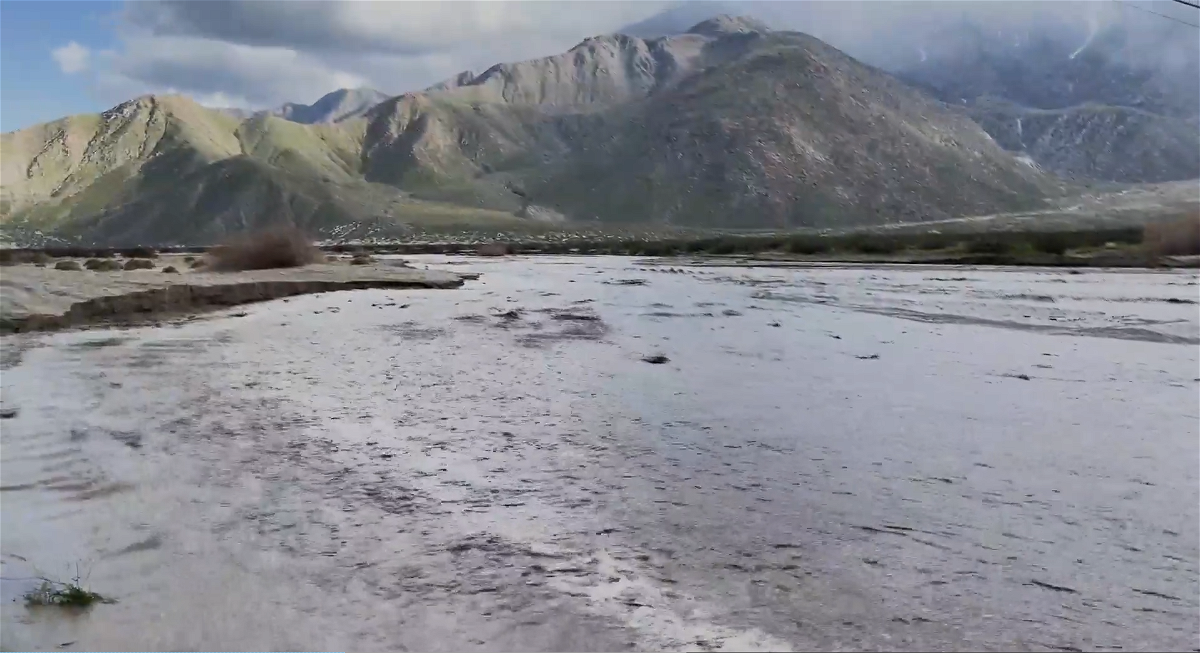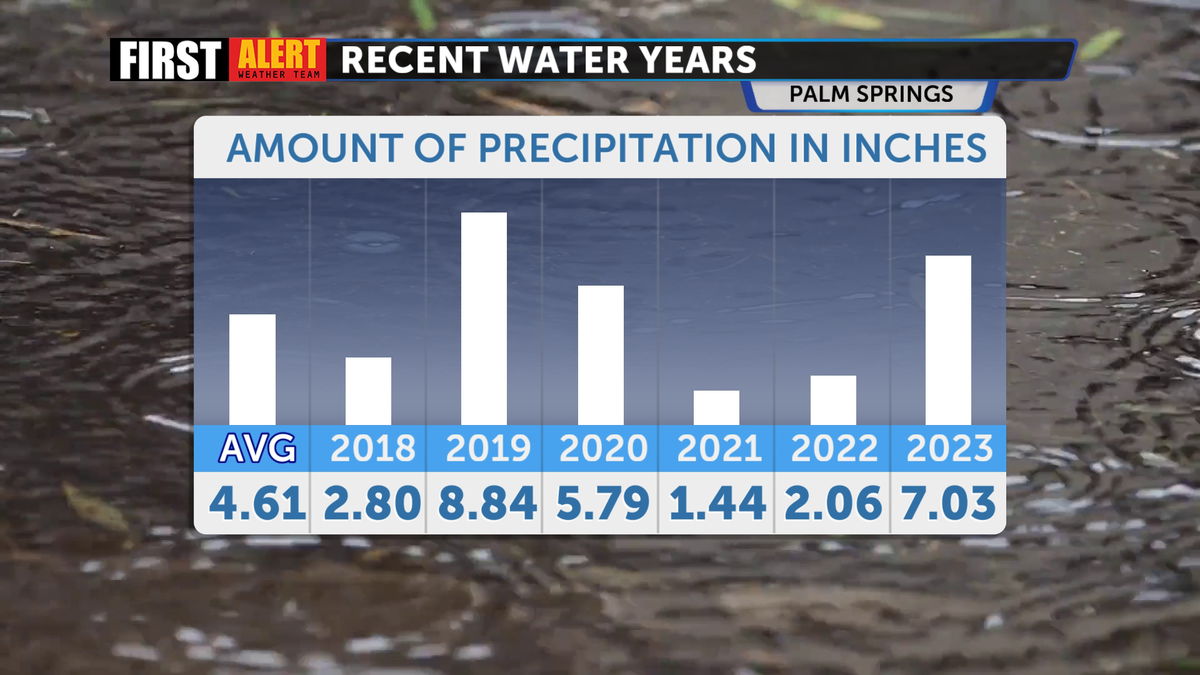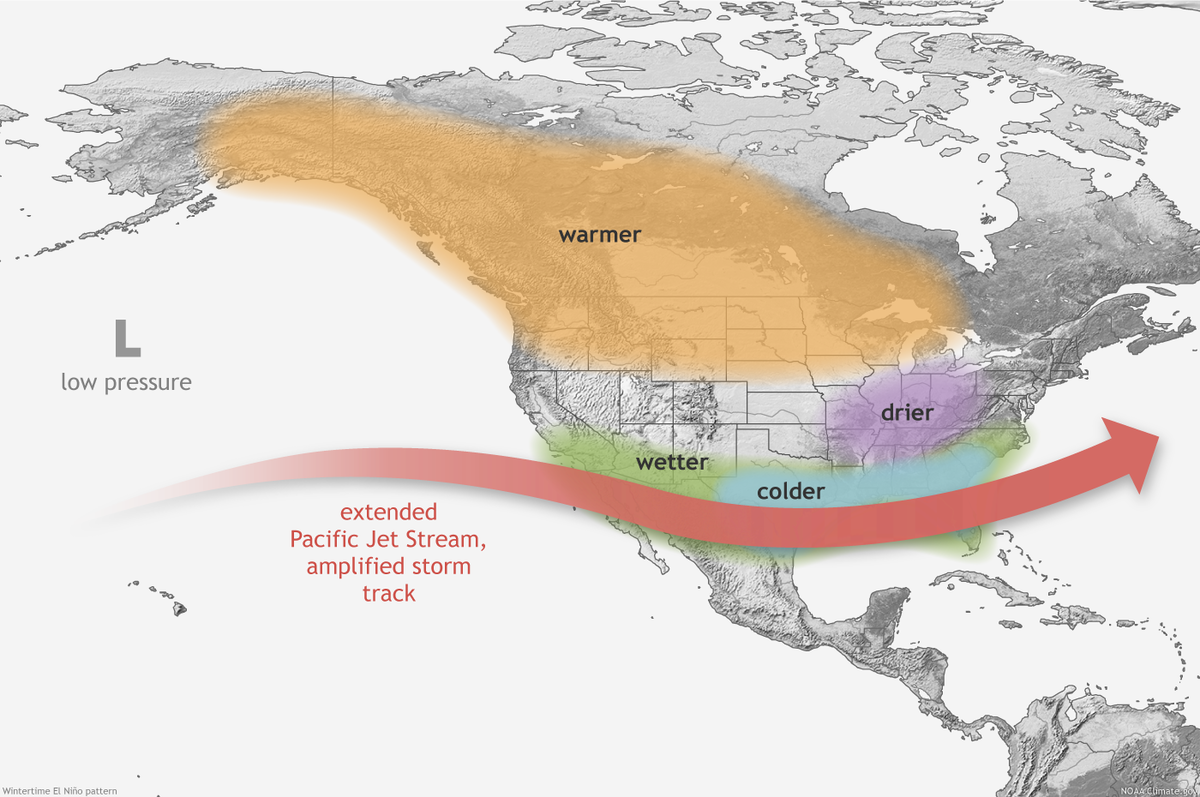Insider Blog: How does the 2023 water year for the Coachella Valley stack up?
According to the United States Geological Survey (USGS), a water year is defined as ‘the 12-month period starting October 1, for any given year through September 30, of the following year’. The water year measures the total water received by a certain area during that year. Think of it as the fiscal year for water.

There are a few main reasons why the water year restarts around this time of year. Late September and early October is a time when many drainage areas throughout the United States experience some of the lowest streamflows and some of the most consistent ground water levels. Also, much of the precipitation that falls in the autumn and winter will freeze and not melt until the spring or summer of the next year.

Palm Springs received a total of 7.03 inches of rain. Compared to the average of 4.61 inches, 2023 came in at 152 percent above average. Thermal received 5.79 inches which was 196 percent above the average of 2.96 inches.

We're still in an El Nino and it's only going to get stronger as we move into the winter. As a result, Southern California has a chance for yet another wet winter.

Have you downloaded the 'KESQ First Alert' app yet? It's FREE! Click here.

You'll stay up-to-date with the latest weather videos. In addition, be able to monitor the changing conditions from wherever you are!




